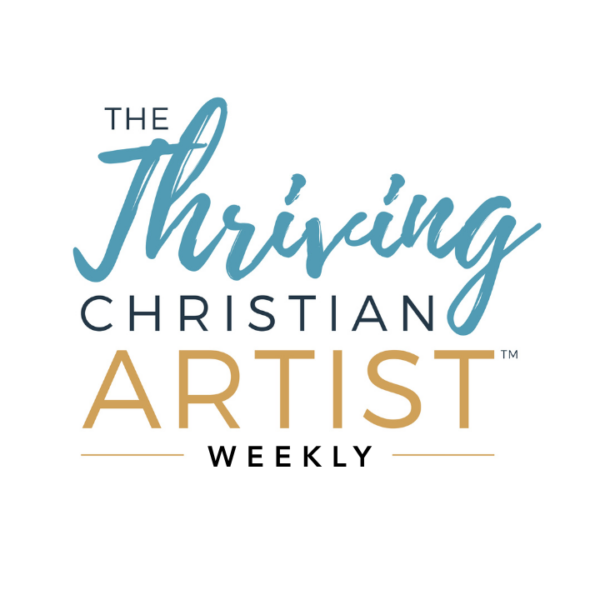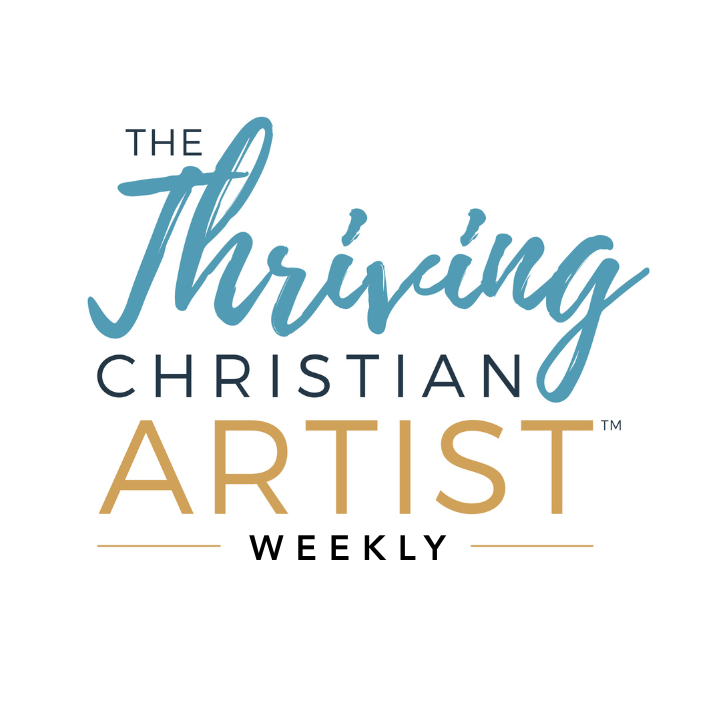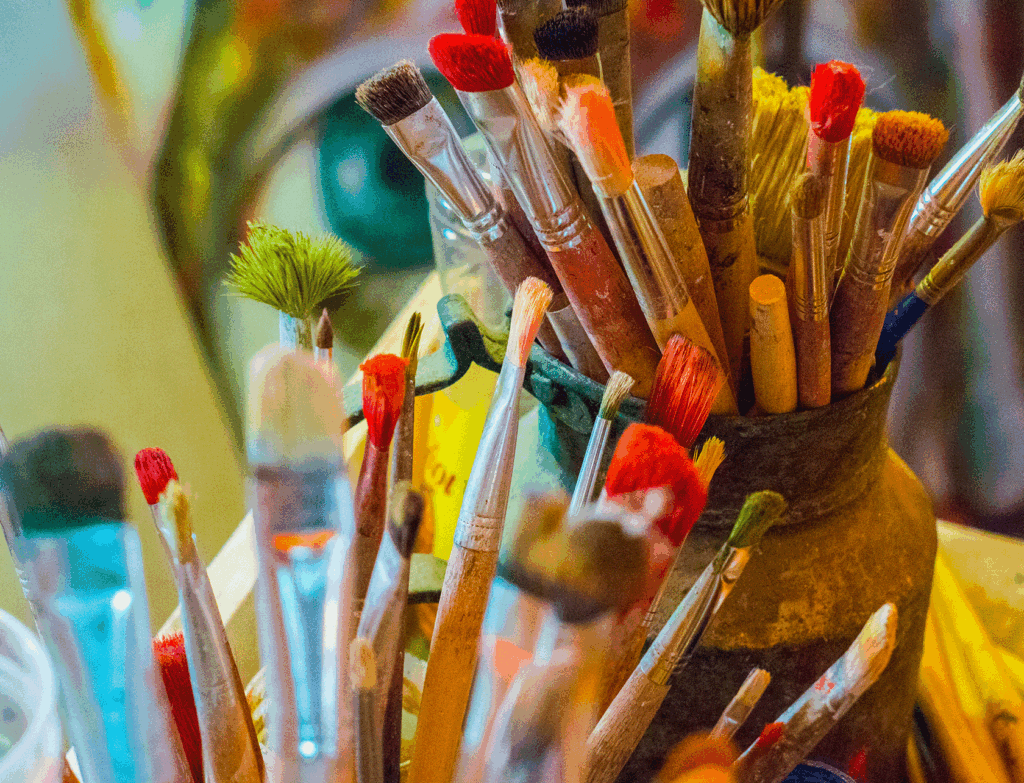-

Creating from Glory, Not Pressure
Why did the great masters never worry if their art was “Christian enough”? This issue of The Thriving Christian Artist Weekly explores how Michelangelo, Da Vinci, Bach, and Vermeer created from intimacy with God—not pressure, performance, or results. Discover why art becomes sacred not because of what it says, but because of Who you create…
-

Creating with the Holy Spirit: A Simple, Powerful Process
ISSUE #037 One of the greatest gifts we have as Kingdom artists is this breathtaking invitation to create with God, not just for Him. If you’ve ever wondered how to actually do that—without pressure, striving, or second-guessing yourself—you’re in the right place. I’ve spent decades learning the rhythms of creative partnership with the Holy Spirit,…
-

How to Know if God is Calling You to Be An Artist
Wondering if God is calling you as an artist? You’re not imagining it. This week, we explore five signs straight from Scripture that reveal how the Holy Spirit awakens creativity, stirs your identity, and confirms your Kingdom assignment—starting with the very first artist God ever called by name.
-

Formed in the Studio: Why Jesus’ “Hidden Years” Matter to Your Creative Calling
Before Jesus ever preached or performed a miracle, He spent thirty years as a working artisan—and those hidden years hold powerful truth for artists today. In this issue, discover how Jesus’ creative formation transforms the way you see your studio, your calling, and the sacred process God is working in you right now.
-

Overcoming Creative Block as a Christian Artist
Creative block doesn’t mean you’ve lost your gift—it simply means you’ve been drawing from the wrong source. In this week’s issue of The Thriving Christian Artist Weekly, we’re breaking down the three root causes of creative block and showing you how to reconnect with the Holy Spirit so creativity begins to flow again. You’ll also…
-

Seeing God as Artist First, Changes Everything
The very first thing God reveals about Himself in Scripture isn’t as King or Judge—but as Creator. When you begin to see Him as the ultimate Artist, it changes everything. Suddenly, your art, your story, and even your struggles become part of His masterpiece in progress. You’re not performing for God—you’re creating with Him. In…
-

The Flow of Co-Creating with God in Your Art
ISSUE #032 Have you ever wondered what it actually looks like to co-create with God, not just dedicate your art to Him, but truly sense His presence leading you as you create? I used to think of my art as something I did for God. But over time, I realized He was inviting me to…
-

You’re Not Behind: The Hidden Purposes in God’s Delays
When life feels slow and progress seems out of reach, it’s easy to believe you’ve fallen behind in God’s plan. But what if the waiting isn’t punishment—it’s preparation? In this week’s Thriving Christian Artist Weekly, Matt Tommey unpacks four hidden purposes behind God’s delays and reveals how “slow seasons” are actually sacred training grounds for…
-

Honoring God through Your Art
honor God with art, Christian artist, faith and creativity, gratitude, Holy Spirit inspiration, Core4 Focus Framework, UncleMatt.ai, Matt Tommey, thriving Christian artist, Christian art podcast

